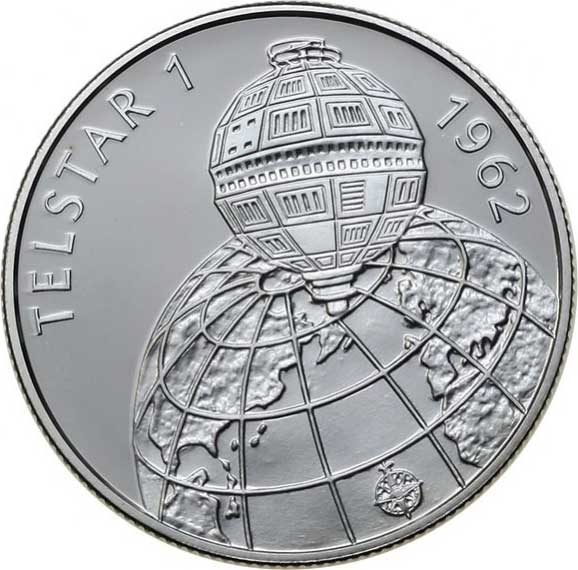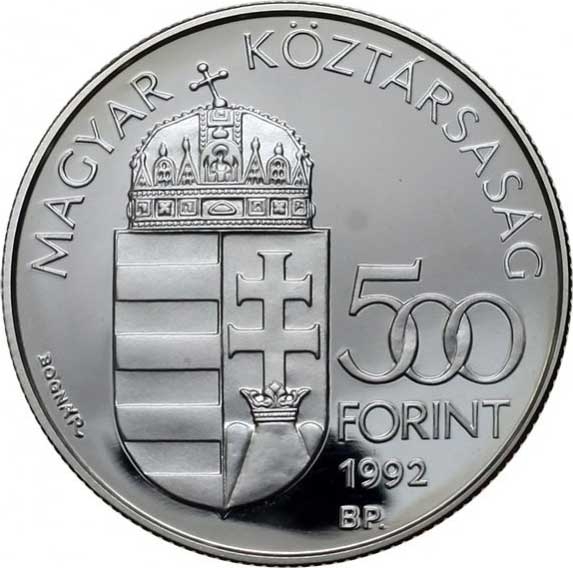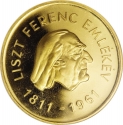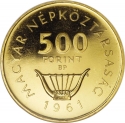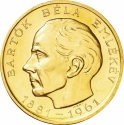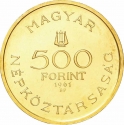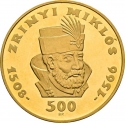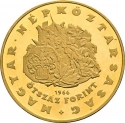You are about to finish your registration. Please check your mailbox (including spam folder). There should be a letter with a confirmation link. Check setting to make sure that your e-mail address is correct.
Send letter againDescription
Telstar 1, launched by NASA on July 10, 1962, facilitated the first live television broadcast between the US and Europe. Despite its premature failure after 7 months due to the Starfish Prime nuclear test, it remains in orbit. Arthur C. Clarke's visionary concept of satellite communication, dating back to 1945, inspired the development of Telstar 1. This marked a significant advancement during the Cold War, following the launch of Sputnik 1 by the Soviets. Prior attempts, such as SCORE in 1958, faced challenges, including limited orbit duration and signal strength. Telstar 1, with a diameter of 88 centimeters and weighing 77 kilograms, was launched from Cape Canaveral Air Force Station atop a Delta rocket.
Engraver: György Bognár
Obverse

|
Depicts a stylized depiction of Earth's northern hemisphere with the Telstar 1 telecommunications satellite in orbit above. Below is a compass rose. TELSTAR 1 1962 |
|---|---|
Reverse

|
Depicts slightly to the left of the center the coat of arms of the Republic of Hungary, the country name above, the denomination, issue year and the mintmark (BP) on the right, and the engraver's name on the left. MAGYAR KÖZTÁRSASÁG |
| Edge |
500 Forint
Third Republic
30th Anniversary of Launching the Telstar 1
KM# 690 Schön# 205 Adamo# EM127
30th Anniversary of Launching the Telstar 1
